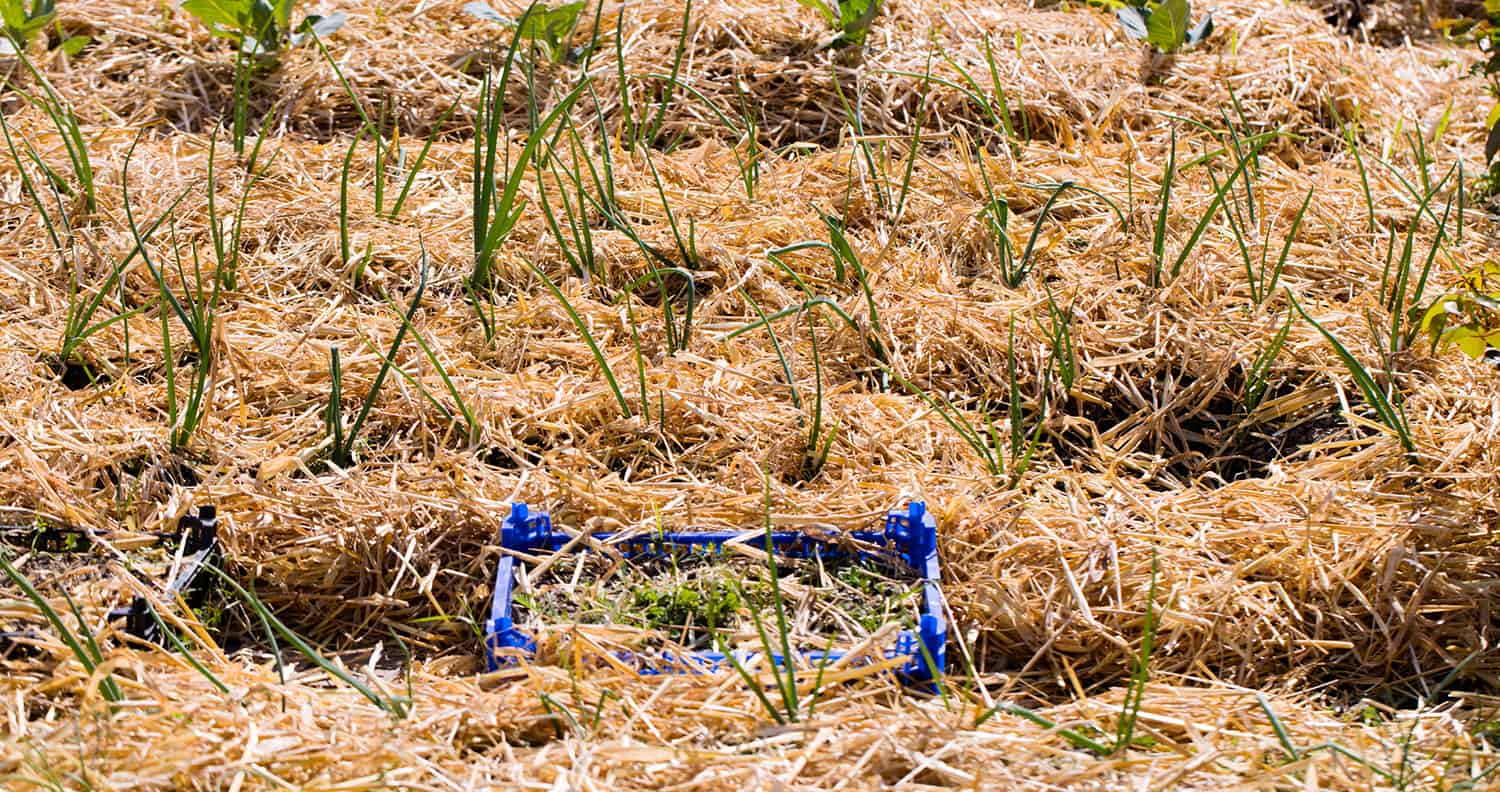On the animal side, rabbits are a surprisingly good animal to raise if you can keep them safe, clean, and fed. A herd of cows produces about 20% of their mass as harvestable meat per year. Rabbits or chickens are 500%, and rabbits can be fed more things that aren't edible for humans. An acre of hutches (which sounds ridiculous, I know, but this was being researched for space stations) running efficiently will produce 145 pounds of meat per day. Their manure is also better for fertilizer than cow, horse, or chicken, and it won't burn plants if it's not composted properly.
For preservation, winter squash, potatoes, and onions will last a long time if stored in a cool, dry area. Some other root crops can be left in the ground during winter in cool areas if they're covered with a thick layer of leaves or straw. (This also makes them less visible to raiders or scavengers).
Lots of stuff can be dried, which will keep for months or years. It's (ironically) a bit water-intensive, since most things should be blanched before drying and water's often needed for reconstitution, but it'll preserve food. Even without a purpose-built dehydrator, vegetables can be dried near a stove or with sunlight.
For preservation, winter squash, potatoes, and onions will last a long time if stored in a cool, dry area. Some other root crops can be left in the ground during winter in cool areas if they're covered with a thick layer of leaves or straw. (This also makes them less visible to raiders or scavengers).
Lots of stuff can be dried, which will keep for months or years. It's (ironically) a bit water-intensive, since most things should be blanched before drying and water's often needed for reconstitution, but it'll preserve food. Even without a purpose-built dehydrator, vegetables can be dried near a stove or with sunlight.





Comment